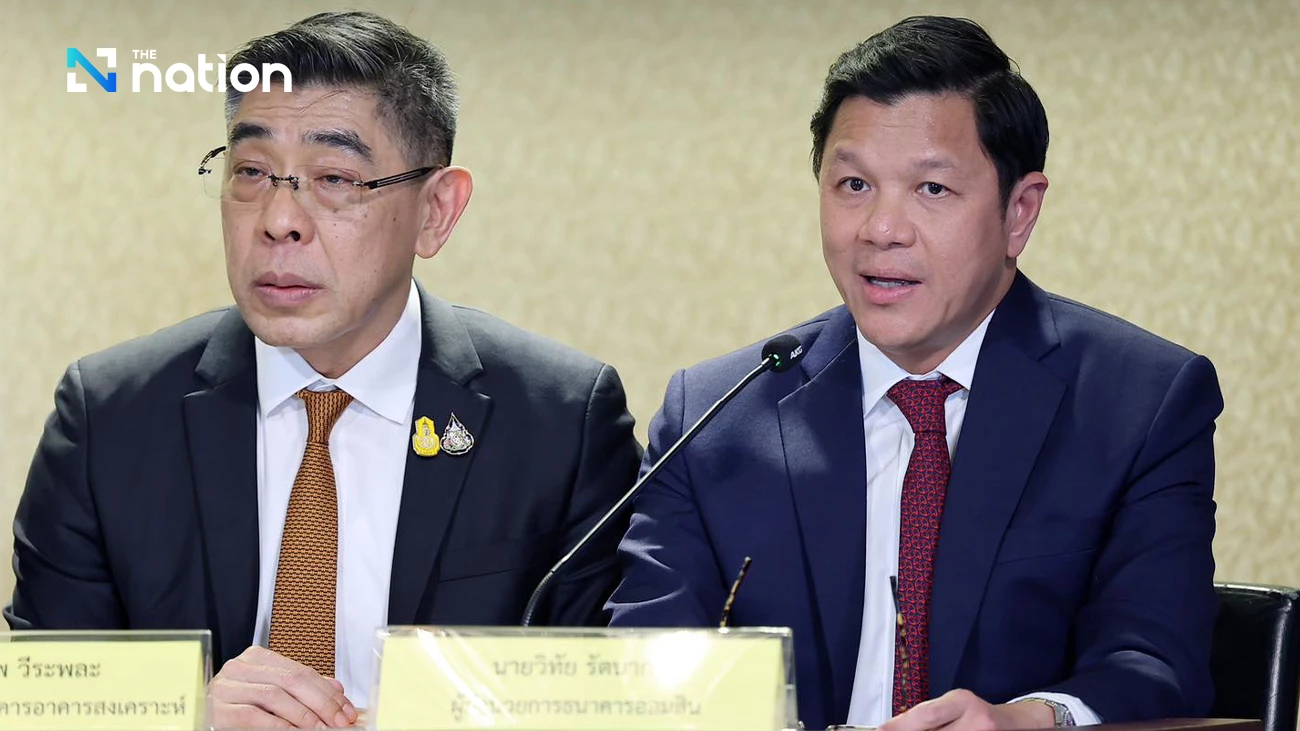No alarm bells yet in Malaysia on stock bubble prospects

THAT foreign investors are expected to pour about US$1 trillion into emerging markets (EMs) this year has not yet set the alarm bells ringing for a potential bubble in Malaysia.
“Foreign ownership in Malaysia’s equity and bond markets is still relatively low compared with historical levels. Bursa Malaysia’s benchmark index is still 100 points below the record,” said Danny Wong, chief executive of Areca Capital.
“Valuations in general are not so demanding. For example, price to book value is still attractive although price to earnings is slightly above the long-term average. The situation is not so alarming.”
Chris Eng, head of research for Etiqa Insurance and Takaful, said: “We are still far away from a bubble although overdue for a retracement.”
Non-resident capital inflows to EMs should reach US$970 billion this year, a 35 per cent increase from 2016, said Reuters, quoting a report from the Institute of International Finance (IIF).
The projection follows a strong first quarter for EM investment that saw the strongest portfolio inflows since 2014.
In 2015, capital inflows from non-residents had fallen to a 12-year low.
Non-resident inflows are projected to increase by US$252 billion this year from 2016, and this is expected to rise to more than US$1 trillion next year – the first time inflows have breached that level since 2014.
This projection is US$290 billion higher than its estimate just four months ago, shortly after Donald Trump took office as US president and the IIF listed possible US protectionism as its top threat to EM portfolio flow growth.
The risk of trade friction between the United States and Mexico and China, has waned significantly, said Reuters, quoting Hung Tran, IIF executive managing director. So has the risk of the US Federal Reserve quickly tightening monetary policy.
“Looking back at the first five months of the year, it is clear that near-term threats of trade conflict have subsided significantly,” Tran was quoted as saying.
“All the threat of naming China as currency manipulators, the increase in tariffs, abandonment of Nafta did not come to pass.”
“Assuming ongoing improvement in global and EM growth and a gradual, well-communicated path of Fed tightening through 2018, we are now a bit more optimistic on |EM capital flows,” added Tran.
Stocks with strong and visible growth potential from capacity expansion are favoured. These are especially in the consumer, tourism, technology, construction and government-linked transformation sectors, said Wong.
Defensive laggard Tenaga Nasional and consumer plays that have recently retraced such as QL Resources Bhd and IHH Healthcare (IHH) are potential investments, said Eng, adding that IHH may be trading at a high PE but healthcare is always a necessity.
Support for inflows
“The inflows into emerging markets are supported by better macro prospects, improved external balances and progress made in policy reforms,” said Lee Heng Guie, executive director, Socio Economic Research Centre.
“Malaysia is no exception. It saw sustained net foreign buying of equities, attracted by positive macro and corporate earnings drivers such as still high gross domestic product growth, strong rebound in exports, ongoing and new infrastructure spending, potential upside in the ringgit and positive sentiment in global markets.
“Expectations of the general election also spur interest in election plays and themes.”
However, investors should always be wary of risks associated with political, policy, regulatory and geopolitical developments in advanced countries.
These could have negative spillover effects on Malaysia via trade and financial channels.
“Risk averse investors would tend to seek safe haven assets such as US treasuries and shy away from risky assets in EMs including Malaysia, if there are risks that threaten to derail global growth and destabilise capital flows,” said Lee. Inflows will be apportioned between EMs.
“These fund managers are realistic enough not to direct a significant portion of inflows here, realising that this market cannot absorb such a sum.”
Pong Teng Siew, head of research, Inter-Pacific Securities, said: “However, this flow process may be brought to a halt before it runs its course. Like during the 1997 Asian financial crisis, some funds will have recognised that it is time to pull out.”
Despite the rebound in foreign capital inflows from foreigners, overall net capital outflows are expected from EMs, led by resident capital outflows from China, said Reuters.
Capital outflows are expected to hit US$892 billion this year, a decline of US$141 billion from 2016 and to be reduced further in 2018.





